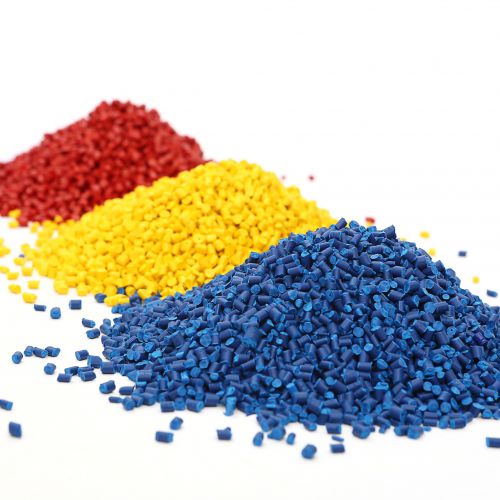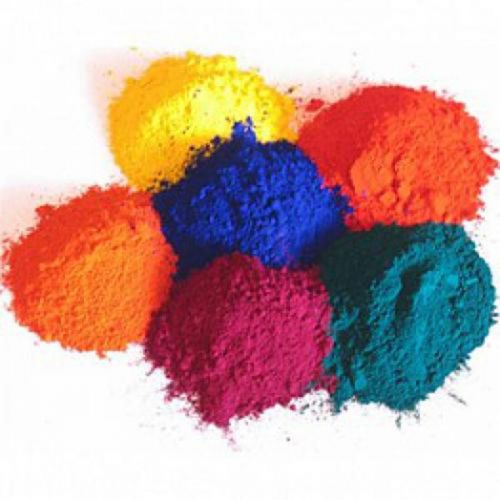CARBON BLACK COAL SOLUTION AND IMPACT ON THE ENVIRONMENT
Black Carbon (BC) has recently emerged as a major contributor to global climate change, possibly second only to CO2 as the main driver of change. BC particles strongly absorb sunlight and give the soot its black color. BC is generated both naturally and by human activities due to the incomplete combustion of fossil fuels, biofuels and biomass. The main sources include emissions from diesel engines, stoves, wood burning and forest fires. Reducing CO2 emissions is essential to avert the worst effects of climate change in the future, but CO2 has such a long time in the atmosphere that it will take decades to get CO2. 2concentrations begin to stabilize after emission reductions begin. By contrast, BC only stays in the atmosphere for a few weeks, so cutting its emissions would immediately reduce the rate of warming, especially in the rapidly changing Arctic. Furthermore, reducing exposure to BC has co-benefits in public health, especially in developing countries. Technologies that can reduce global BC emissions are available today.
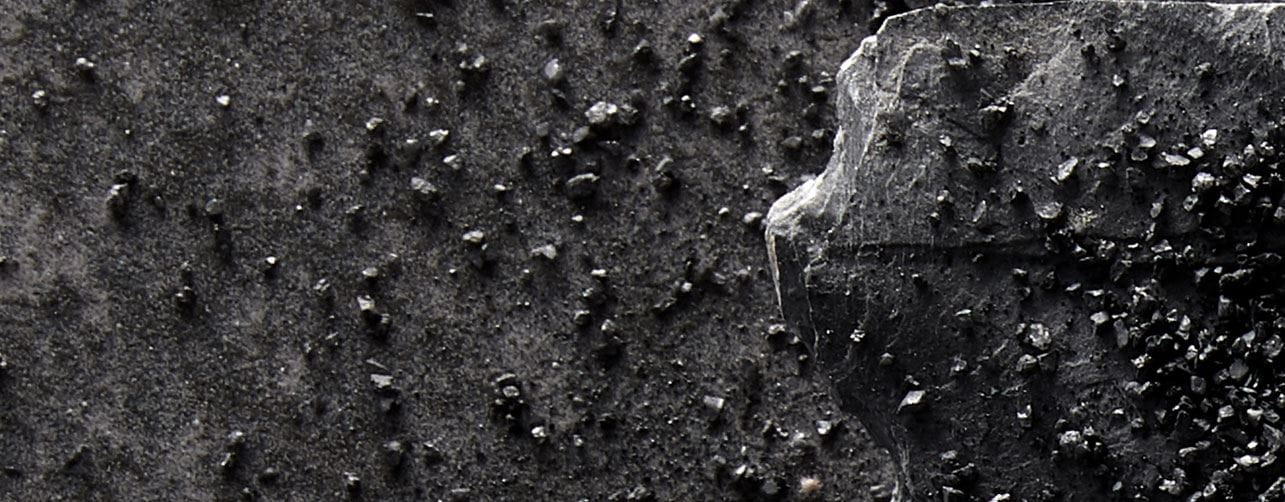
WHAT IS BLACK CARBON?
Carbon Black is a solid form of carbon produced in highly controlled processes to produce individually engineered aggregates of carbon particles that vary in particle size, aggregate size, shape, porosity. and surface chemistry. Carbon Black typically contains more than 95% pure carbon with minimal amounts of oxygen, hydrogen and nitrogen. During the manufacturing process, Carbon Black particles are formed ranging in size from 10 nm to about 500 nm. These particles merge into chain-like aggregates, breaking the structure of each individual layer of Carbon Black.
On the other hand, Black Carbon is not a gas but a granular form - a component of soot released from the incomplete combustion of fossil fuels and biomass. By some estimates, emissions from black carbon compete with methane as the second-largest contributor to global warming after CO2 emissions. The largest source of black carbon in developed countries like the United States is diesel fuel. Along with methane, black carbon is one of two greenhouse gases that the Center has targeted to reduce immediately to limit global warming before the Arctic melts. Reducing black carbon could help keep the climate system from crossing the tipping points of abrupt climate change, including significant sea level rise due to the disintegration of the Greenland and/or Southern ice sheets. Pole.
HOW IS BLACK CARBON PRODUCED?
With annual production volumes in excess of ten million tons, the most important Black Carbon black production process is the Furnace Black method. More than 98% of the world's annual Carbon Black production is produced through this process. However, other production methods are also used in the production of carbon black, for example to make carbon black.
The variety of carbon blacks, production methods and applications can show that "Soot" has come a long way. Much has been published on this topic in technical journals, textbooks, reference works and product brochures. This brochure will reveal many interesting aspects of Black Carbon - a product of simplicity and sophistication. Indeed, many of the things we take for granted in our daily lives would probably not be possible without Carbon Black.
CHARACTERISTICS OF BLACK CARBON
Black carbon is generally thought to have both a direct warming effect (by absorbing incoming solar radiation in the atmosphere and converting it to thermal radiation) and an indirect warming effect (by reducing the reflectivity of the atmosphere). of snow and ice). However, it has not been addressed by international or national regulations on global warming. Depending on the region, the atmospheric residence time for black carbon emissions from different regions ranges between 4.6 and 7.3 days - in other words, it stays in the air for about days to weeks instead of more than a hundred years, as is the case with CO 2.
Carbon Black is used in a wide range of materials to enhance their physical, electrical and optical properties. Its largest volume use is as a performance and strengthening additive in rubber products. In the rubber compound, natural and synthetic elastomers are mixed with Carbon Black, elemental sulfur, processing oils and various organic treatment chemicals, and then heated to produce a variety of vulcanized rubber products. In these applications, Carbon Black provides reinforcement and improves elasticity, tear strength, electrical conductivity and other physical properties. Carbon Black is the most widely used and cost-effective eco-rubber reinforcement (Commonly known as Rubber Carbon Black) in tire sections (such as tread, sidewalls and inner lining). ), in mechanical rubber ("MRG") goods, including industrial rubber goods, automotive rubber parts (such as sealing systems, hoses and anti-vibration components) and general rubber chemicals (such as hoses, belts, gaskets and seals).
Besides rubber reinforcement, Carbon Black is used as a black powder and as an additive to enhance material performance, including conductivity, viscosity, static charge control and ray protection. ultraviolet. This Carbon Black (commonly referred to as Specialty Carbon Black) is used in a wide variety of applications in the coatings, polymers and printing industries, as well as in many other special applications.
INDUSTRIAL APPLICATIONS
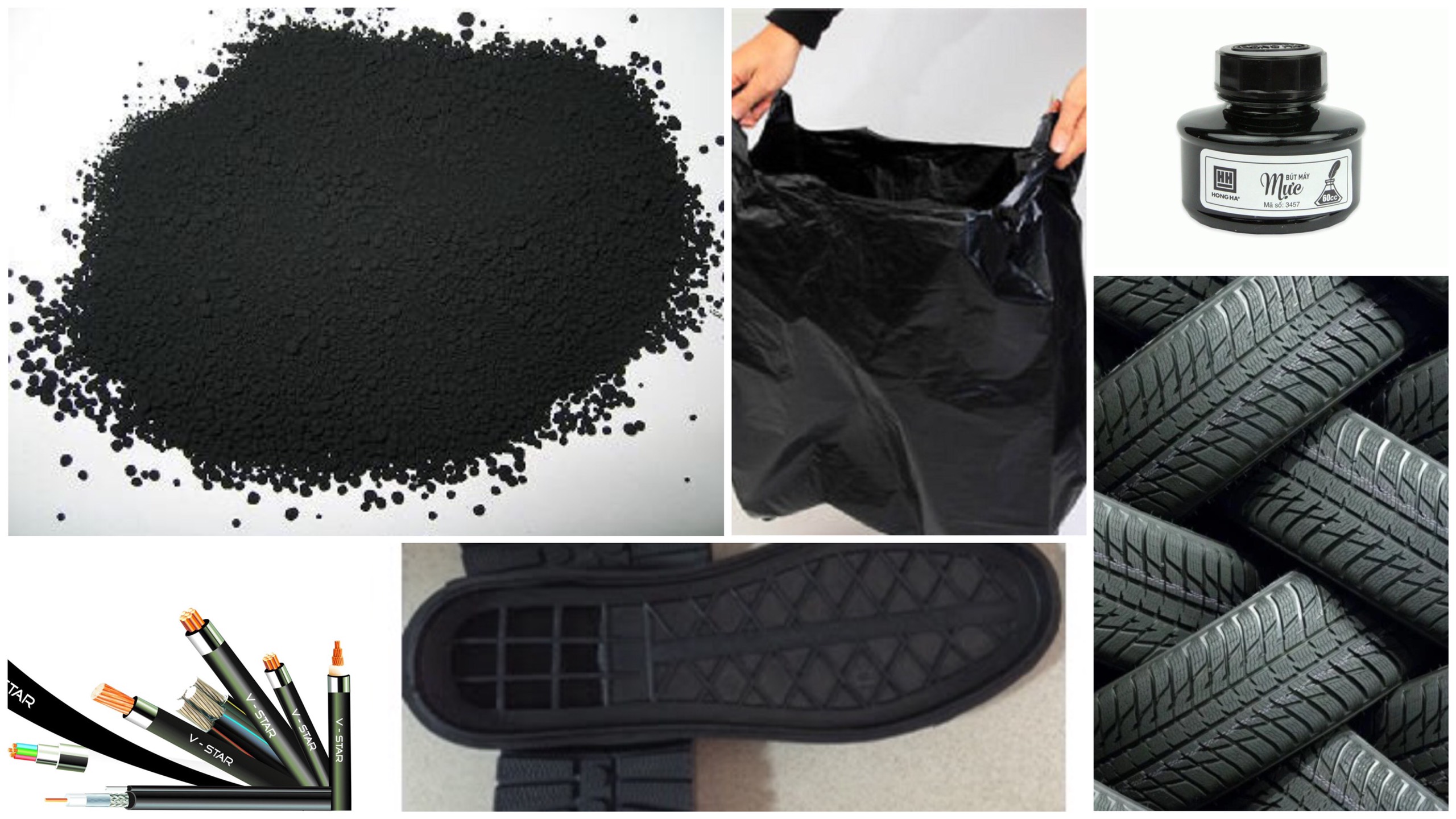
In the coating industry
The treated granular Carbon Black is the key to jet black paint. The automotive industry requires the highest reflectivity of black and bluish pigments.
Small particle size Carbon Black meets these requirements. Black Carbon Black is coarser, produces more brown tones, is often used for tinting and is indispensable for obtaining the desired gray or color.
In the polymer industry
Carbon Black beads are used to obtain a jet black color. A key property of Black Carbon is its ability to absorb adverse UV light and convert it to heat, thus making polymers, such as polypropylene and polyethylene, resistant to degradation by UV radiation from light. the sun is higher. Especially Carbon Black is also used in electropolymers for wires and cables. Especially Carbon Black also improves the insulation properties of polystryrene, which is widely used in construction.
In the printing industry
Carbon Black is used not only as a pigment but also to achieve the necessary viscosity for optimum print quality. The post-treated Carbon Black allows efficient use of the binders in the ink for optimal system properties. New Special Carbon Black is being developed on an ongoing basis and contributes to the pace of innovation in impactless printing.
SUNRISE COLOURS VIETNAM CO., LTD
Add: CT2A Building, Gelexia Riverside Apartment, 885 Tam Trinh Street, Yen So Ward, Hoang Mai District, Hanoi City.
Phone: +84 986998350 Fax: 0084 02436452586
Moblie/What'sapp/Wechat: 84 986998350
Email: sales3@sunrisecolour.com
Website: http://sunrisecolour.com
Related posts
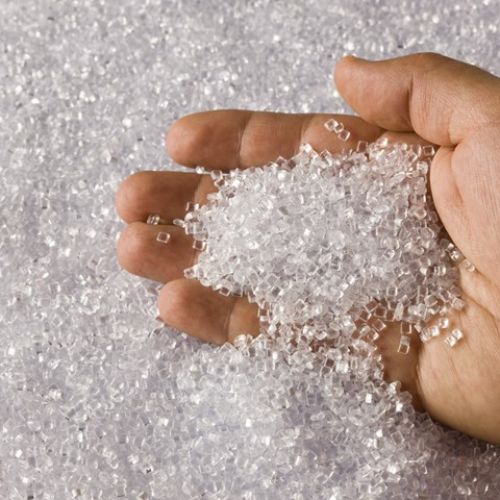
.png)
